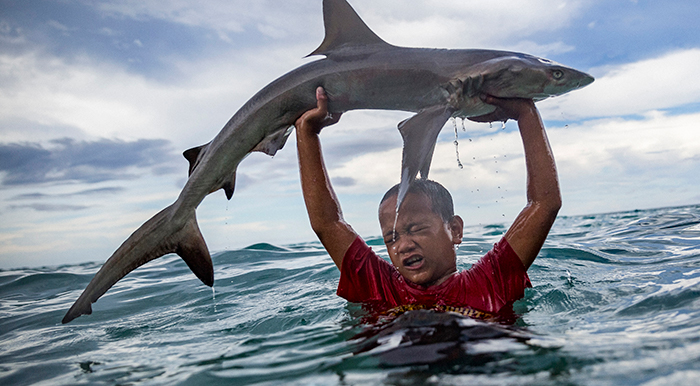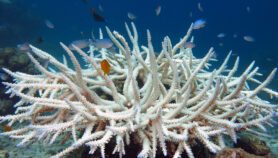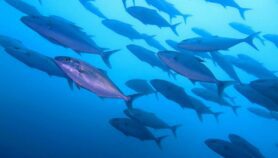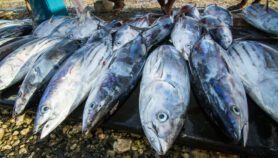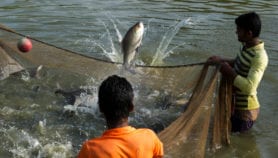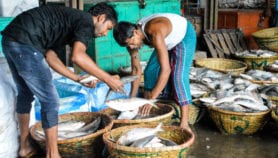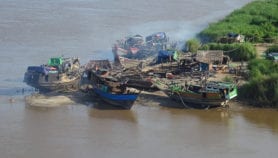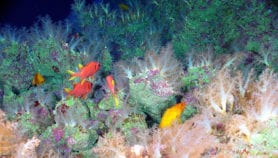By: Magali Reinert
Send to a friend
The details you provide on this page will not be used to send unsolicited email, and will not be sold to a 3rd party. See privacy policy.
[NOUMÉA] Many Pacific Island countries and territories will lose 50—80 per cent of marine species by the end of the 21st century if climate change and global warming continue unchecked, says a new study.
“Potential fisheries catches will decrease by more than 50 per cent in many regions in the South Pacific,” says William Cheung, associate professor, University of British Columbia, and co-author of the study published in the November issue of Marine Policy.
A decrease can happen in both scenarios: business-as-usual (increase in temperature above 3 degrees Celsius by 2100) and strong mitigation (below 1.7 degrees Celsius by 2100), but to a lesser extent in a low emission scenario. By 2050, projected decrease in potential fisheries catches will already exceed 50 per cent for some countries (Cook Islands, Micronesia, Niue and Tuvalu), the study reads.
“For many species, observations already show that the rate of movement towards the poles is more than 50 kilometres per decade,”
Philippe Cury, senior scientist, French National Research Institute for Sustainable Development (IRD)
Such fisheries losses will be dramatic as most countries in the Pacific are dependent on fisheries for food and livelihoods. Fish contribute up to 50 per cent of the animal protein diet on some islands. National economies will also be strongly affected. Yellowfin tuna and skipjack tuna may shift distribution eastward and poleward throughout the 21st century, “with the potential disappearance of these species altogether from the western warm pool region,” the study reads.
Projections published by Western and Central Pacific Fisheries Commission in August 2017 gave a more moderate decrease in fish resources in the west tropical Pacific (14 per cent on average) by 2050, and a 50 per cent decrease by the end of the century.
Sea warming impacts are well-documented. It disturbs reproduction, growth, and metabolism, and transforms the food chain. At the base of the ocean food web, phytoplankton are projected to decline near the equator due to warming surface temperatures. Decreasing oxygen concentration will limit the depths occupied by the fish, leading to habitat compression. Anthropogenic CO2 released into the atmosphere is also making sea water more acidic, affecting calcification of coral and invertebrates, thus decreasing habitat and food of reef-associated fish.
Because this rate of change is unprecedented, scientists expect that fish will be unable to adapt. Life in tropical western Pacific is even more vulnerable because of biological adaptation to a seasonally stable environment. Being the warm pool of the ocean, with water temperature reaching up to 30 degrees Celsius, the western Pacific Ocean is susceptible to fish migration.“For many species, observations already show that the rate of movement towards the poles is more than 50 kilometres per decade,” says Philippe Cury, senior scientist at IRD (French National Research Institute for Sustainable Development).
This piece was produced by SciDev.Net’s Asia & Pacific desk.


